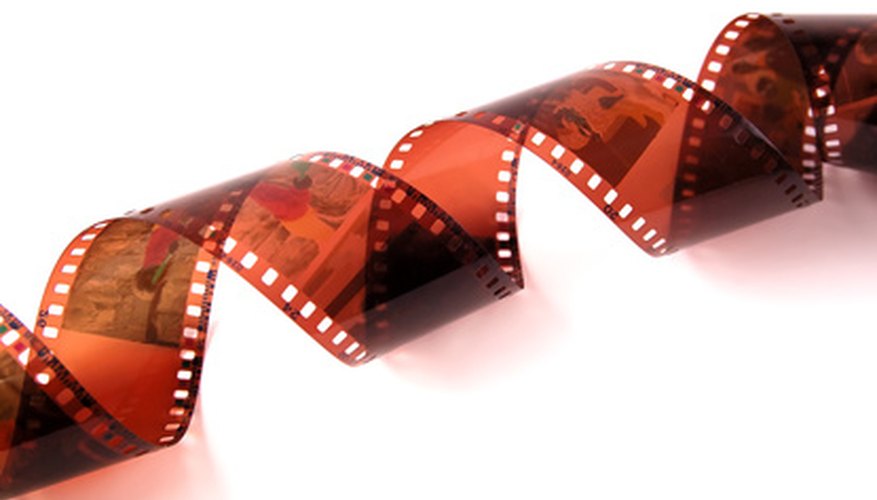Released in 1982 as a low-cost alternative for photography, Kodak's Disc film was one of the easiest to film formats to load. Film negatives were stored around a plastic rotating disc, which came concealed in a thin black cartridge. While this was convenient for loading, this odd orientation makes scanning your Disc negatives much more difficult. There is currently no scanner which supports the small negative size, but there are several techniques you can try to successfully make digital backups of your priceless snapshots.
- Released in 1982 as a low-cost alternative for photography, Kodak's Disc film was one of the easiest to film formats to load.
- While this was convenient for loading, this odd orientation makes scanning your Disc negatives much more difficult.
Open your scanner as if you were going to scan a film negative. You must have a scanner that is capable of scanning film negatives for this method to work.
Remove any 35mm film holders that might be installed.
Place the Disc camera negative on your scanner's glass surface.
Adjust the negative so it is in the centre of your negative scanner's back lighting source. This is the light that is in the top cover of your negative scanner, not the glass.
- Place the Disc camera negative on your scanner's glass surface.
- Adjust the negative so it is in the centre of your negative scanner's back lighting source.
Open your scanner's software and go into the "negative scanning" mode.
Scan the negatives and crop them in a photo editing program. Because your negatives are in a circle around the Kodak disc, you will also have to rotate many of them.
Mount your Kodak Disc camera to a light box or some other light source.
Connect a digital camera with a macro-zoom lens to a tripod and point it toward your Disc negatives.
Zoom in on the photo you want to scan and focus it clearly in your digital camera's viewfinder.
Repeat for each photo you want to scan. You can rotate the Disc negative to make this process easier.
Import the images from your camera to your computer.
Open the images in a photo editor and invert the colours.
TIP
You could also send your negatives to a photo lab, such as Dwayne's Photo or Old-Photo.com to have them scanned. These services will cost you, but might provide a Disc scan of a higher quality than a homemade scan.
